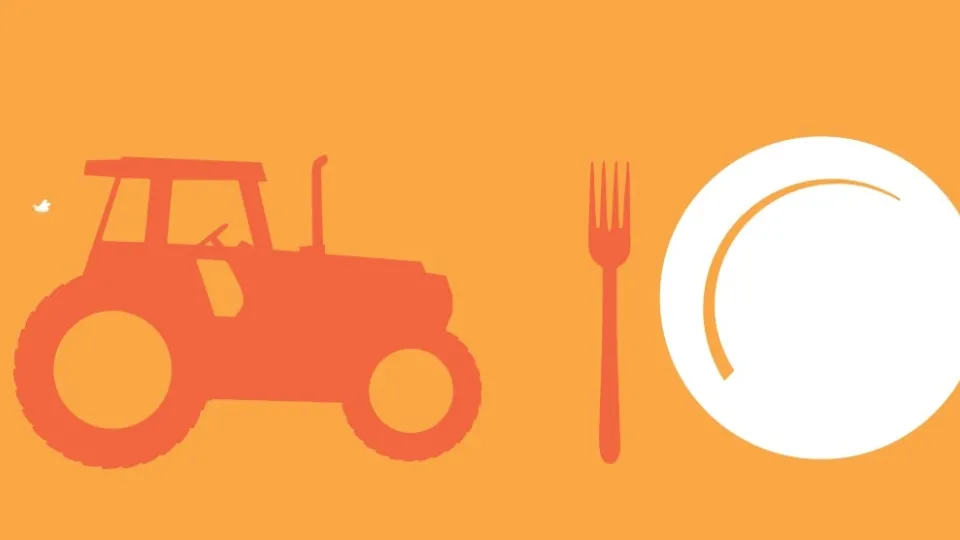
Change what you eat
Buy local produce, eat more plant-based foods and reduce your food miles to shrink your environmental footprint.

Buy local produce, eat more plant-based foods and reduce your food miles to shrink your environmental footprint.

Palm Oil is a cheap, efficient form of vegetable oil, but a lot of species-rich tropical habitat is being destroyed to make way for it.

Learn how to reduce your travel emissions.
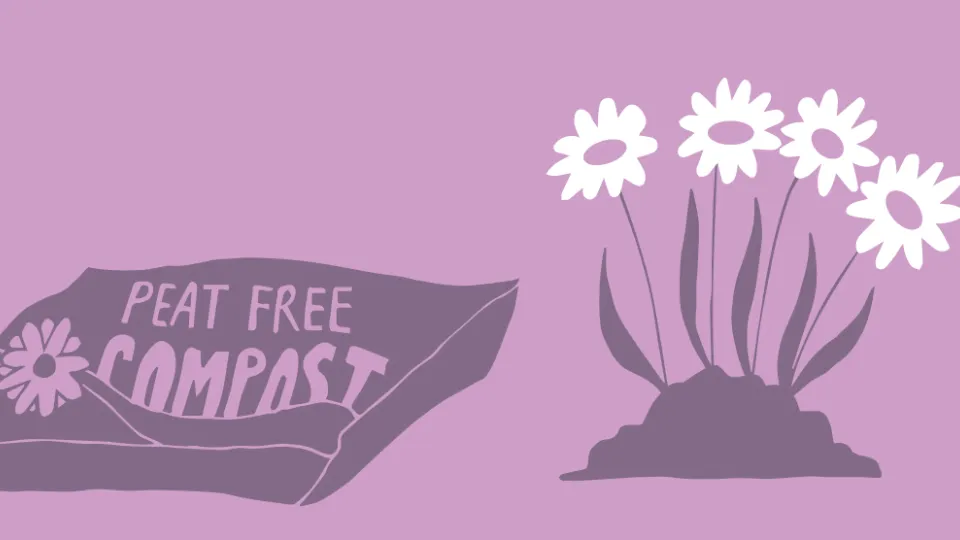
Our homes and gardens have an important role in the fight against climate change. Help preserve vital peatland by going peat free.
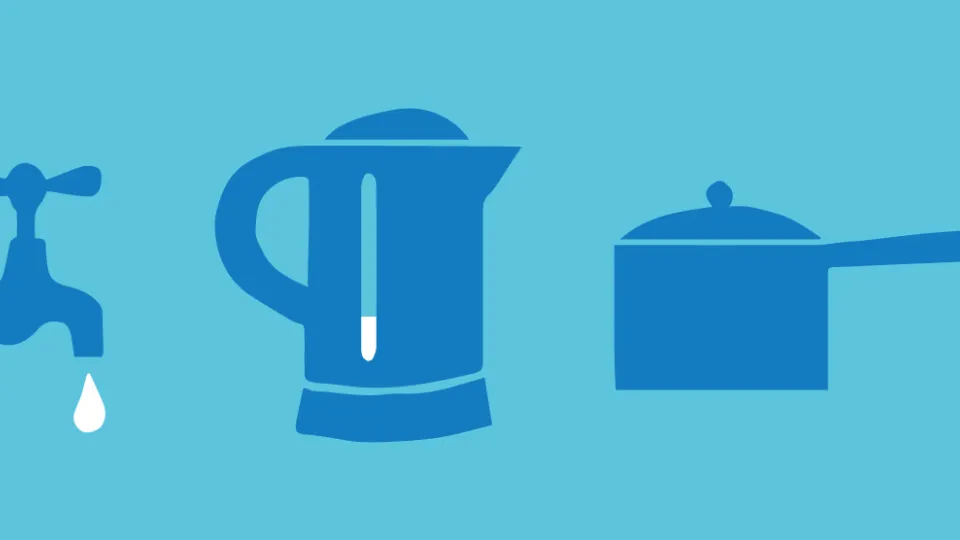
If we all do our part in saving precious water supplies, we can make a huge difference for the environment.
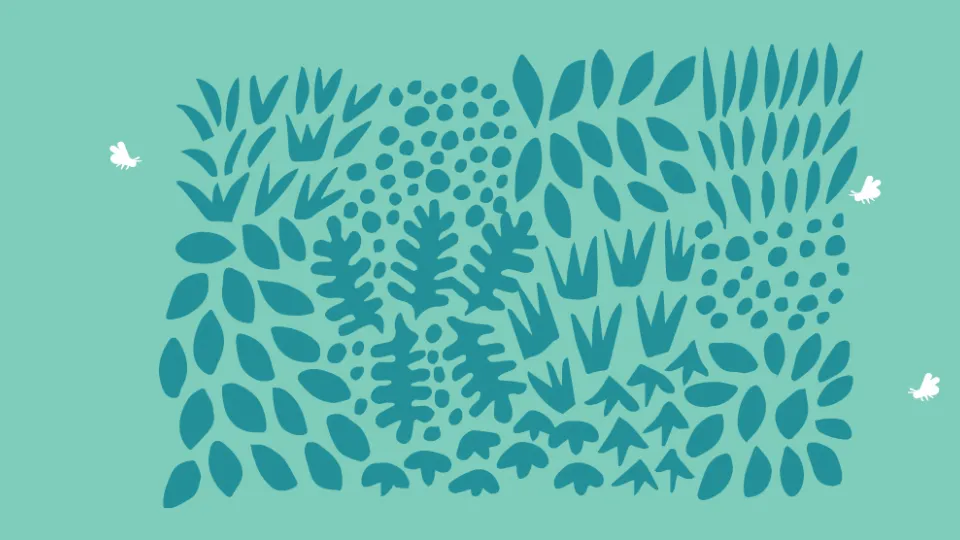
Gardening doesn’t need to be restricted to the ground - bring your walls to life for wildlife! Many types of plants will thrive in a green wall, from herbs and fruit to grasses and ferns.
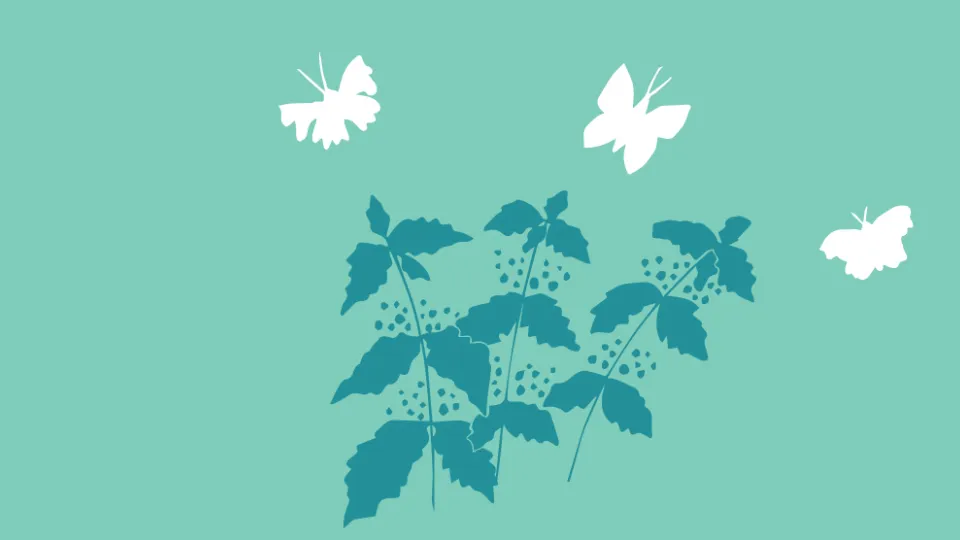
Provide food for caterpillars and choose nectar-rich plants for butterflies and you’ll have a colourful, fluttering display in your garden for many months.
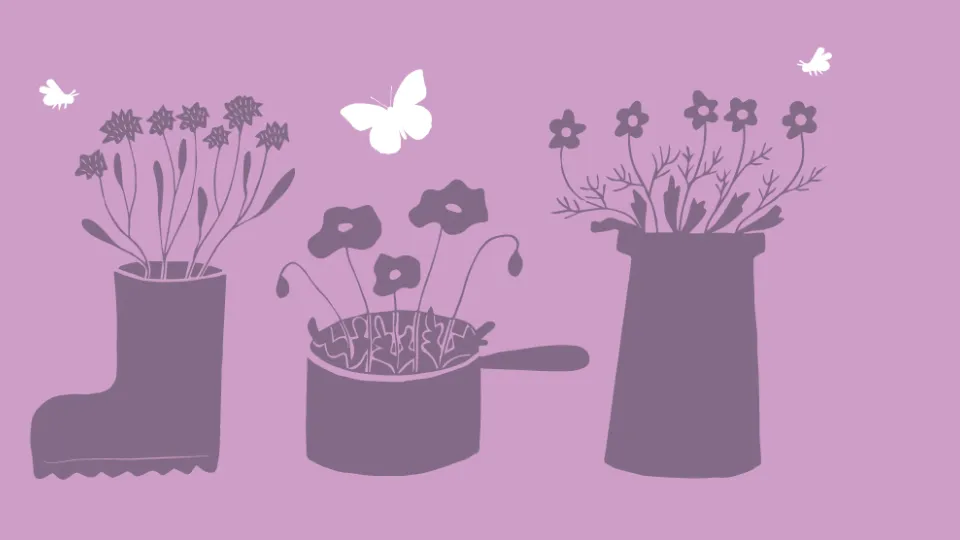
Pots and containers are a great way of introducing wildlife features onto patios, or outside the front door. They are also perfect for small gardens or spaces like window ledges or roofs. Herbs, in particular, make good container plants and attract lots of wildlife.

The colder months can be a tough time for wildlife, food is scarce and hibernators are looking for shelter. That's why we’ve put together our top tips for maintaining your garden for wildlife in autumn and winter. Spoiler – some of our tips can be done without lifting a finger!

Swifts like to leave their nests by dropping into the air from the entrance. This is why they often choose to set up camp in the eaves of buildings. If you have a wall that's at least five metres tall, with a clear flyway in front, then installing a swift box or brick onto your own home is a great idea!